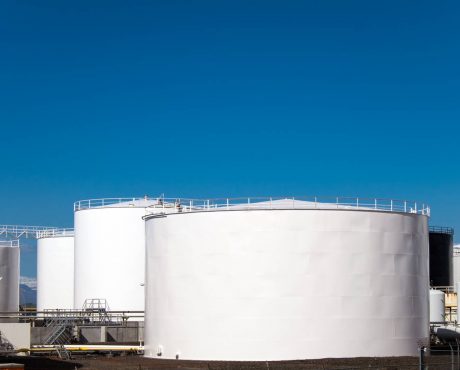A High-Yield Stock You Likely Haven’t Considered
Even in today’s low-yield environment, there are dozens and dozens of ultra-high yielding stocks trading in the market. But most income investors tend to stay away from them for the simple reason that these companies don’t usually offer safe payouts.
So when you first come across Holly Energy Partners, L.P. (NYSE:HEP), you may feel skeptical about its oversized distributions.
Structured as a master limited partnership (MLP), Holly Energy Partners was created by HollyFrontier Corp (NYSE:HFC) back in 2004. Today, the MLP provides petroleum product and crude oil transportation, terminaling, storage, and throughput services to HollyFrontier’s subsidiaries and third-party customers.
MLPs are often considered income instruments and HEP stock is no exception. Paying a quarterly cash distribution of $0.6725 per unit, Holly Energy Partners offers investors an annual yield of 12.2%.
Given what has happened over the past few years with the oil and gas industry, a high-yield energy stock does not seem like the safest bet. However, before you cross Holly Energy Partners stock off your watch list, here are a few things to note about this MLP.
The first thing is its distribution history. From Holly Energy Partners’ initial public offering (IPO) in 2004 to August 2019, the partnership increased its payout every single quarter. That’s 59 consecutive quarterly distribution hikes! (Source: “Distribution History,” Holly Energy Partners, L.P., last accessed March 3, 2020.)
Even during the Great Recession of 2007 to 2009 and the massive oil price crash in 2014 and 2015—periods when dividend cuts weren’t uncommon—Holly Energy Partners was still raising its payout to investors every three months.
And even though management didn’t announce any further increase to the distribution rate after the August 2019 payment, they didn’t cut it either. The partnership is simply maintaining its quarterly cash distribution, which, as I mentioned earlier, comes out to a double-digit annual yield.
The second thing that makes HEP stock stand out is its business model. Although Holly Energy Partners comes from the energy sector, its revenue is nearly 100% fee-based. At the same time, the partnership’s contracts usually require minimum payment obligations for volume and/or revenue commitments. (Source: “Investor Presentation May 2019,” Holly Energy Partners, L.P., last accessed March 3, 2020.)
As a result, HEP can limit its commodity price exposure, which is one of the reasons why it managed to deliver continuous payout increases despite the crash in oil prices a few years ago.
Furthermore, Holly Energy Partners has recently improved its distributable cash flow, which is one of the most important performance metrics for MLPs. In the fourth quarter of 2019, the partnership generated $64.5 million of distributable cash flow, representing a 0.5% increase year-over-year. (Source: “Holly Energy Partners, L.P. Reports Fourth Quarter Results,” Holly Energy Partners, L.P., February 19, 2020.)
In full-year 2019, the MLP’s distributable cash flow totaled $271.4 million, up 2.4% from what it earned in 2018.
During the company’s latest earnings conference call, HEP’s President Richard Voliva said, “The full-year of 2020, we plan to hold the quarterly distribution constant at $0.6725 per LP unit while maintaining a coverage ratio of 1x.” (Source: “Holly Energy Partners, L.P. (HEP) Q4 2019 Results – Earnings Call Transcript,” Seeking Alpha, February 19, 2020.)
As we know, dividends—especially dividends from ultra-high yielders—are far from being carved in stone. That’s why, very often, management will say that they’ll review the distribution level on an ongoing basis rather than providing an actual guidance.
But as we just saw, Holly Energy Partners’ management has given us a very clear idea of what to expect in 2020: they plan to maintain the current cash distribution level while generating enough distributable cash flow to cover the payout.
Bottom Line on Holly Energy Partners, L.P.
As a risk-averse investor, I usually prefer companies with distribution coverage ratios of greater than one.
But for those who understand the underlying risks with high-yield MLPs, Holly Energy Partners stock’s 12% yield could be worth a look.
